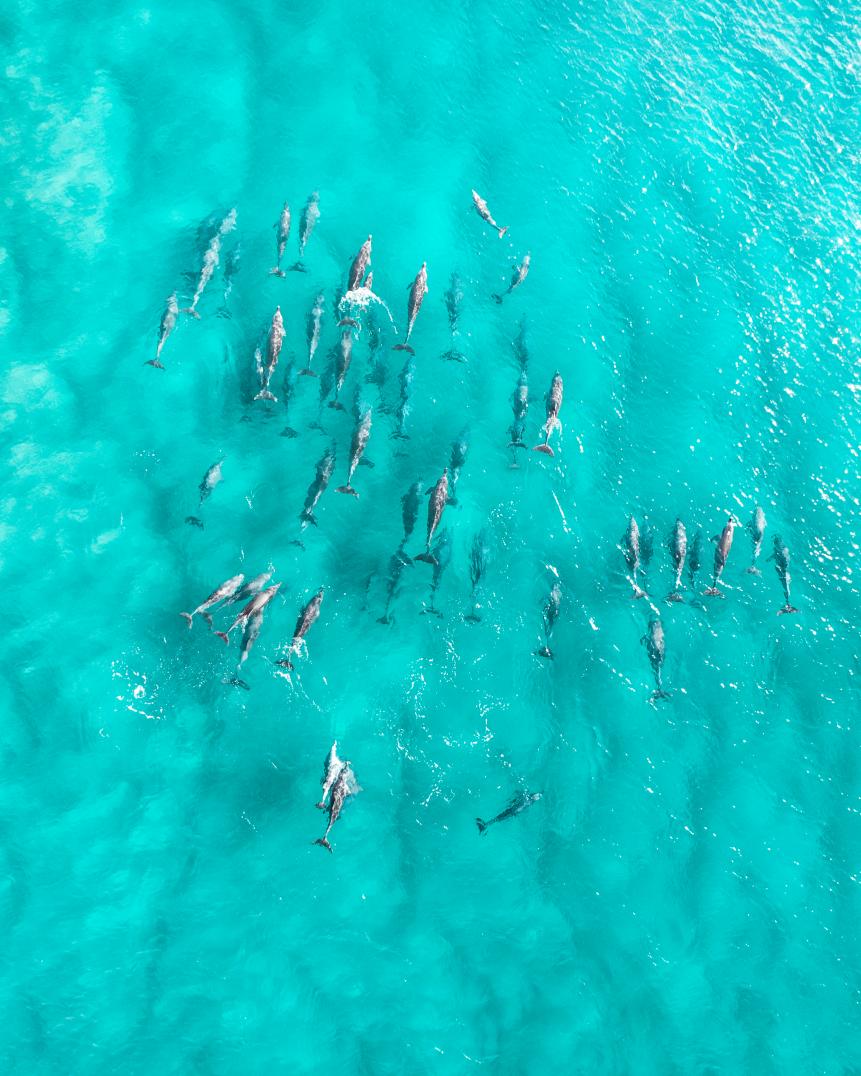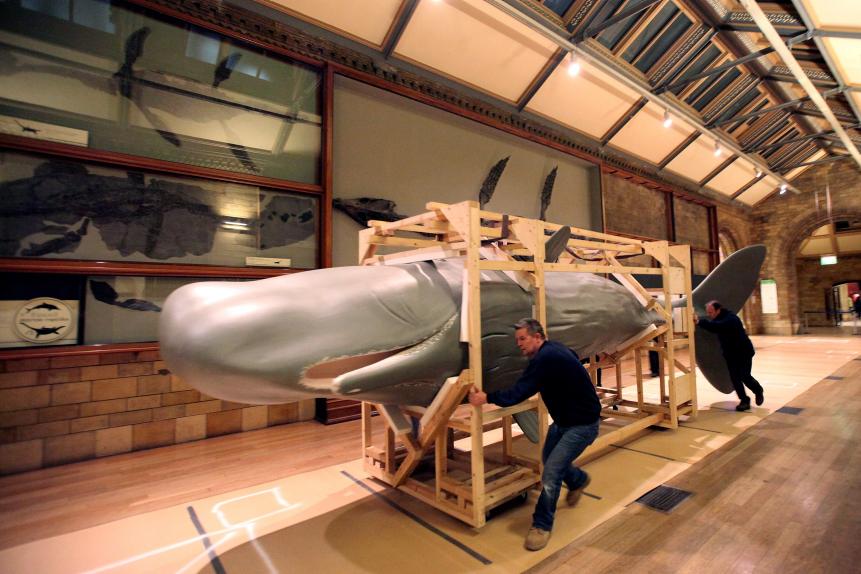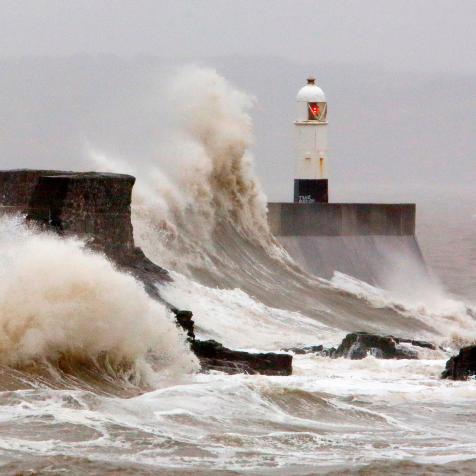
George Karbus Photography
Dolphin Doctors Appointments: The Future of 3D Scanning Marine Mammals
Drones, satellite tracking, and underwater acoustic devices have made a huge difference in understanding more about the lives of whales and dolphins. Now researchers are turning to 3D laser scanning to get more accurate data about their size, shape, and general health.
Scientists working at the Hawaiian Institute of Marine Biology employ handheld 3D scanners to create precise graphic images of marine mammals, including bottlenose and striped dolphins, and pygmy killer whales. Teams scan both live and dead animals to generate rapid and precise 3D models of their body volume and shape, along with any scars.
The institute’s marine biologists say the marine mammal research program (MMRP) is gradually building a detailed picture of the behavior, ecology, and biomechanics – the structure and function of body parts – of each species. Each 3D replica usually takes between five and ten minutes, with up to three hours for computer processing and the same again to get precise measurements.
Scans are mostly from dead animals, though the program scans stranded dolphins and others at a conservation center in Oahu, to gather vital information on health status and cause of death. Scars are photographed, measured and referenced, and can show how an animal died.

SaintM Photos
Drone footage of dolphins in the ocean.
Boat propeller or collision scars, or hook and net entanglement marks are clear signs of human causes. While bites from predators or raking from rocks, as an animal is stranded, provide additional detail.
“Combining all this information allows us to better understand the health status of these animals, but also the overall biology,” said program director Lars Bejder. “These studies allow us to better understand species by gathering species-specific information, and to some extent better understand population health and occurrence in an area.”
Drones are often used in aerial surveys and assessments of whale and dolphin populations. Work done by the MMRP is calibrating body volume measurements of scanned cetacean species to images taken from drone cameras. Combining drone information with 3D scans and physical measurements allows the team to improve its health assessments of wild dolphins and whales from drone imagery.
Scanned animals can also serve as educational tools, said Bejder. Replica dolphins and whales are 3D printed and used in schools or colleges to teach more about biology, ecology, and the threats facing marine mammals from pollution, fishing, and climate change.
False killer whales are a species that sometimes end up as by-catch aboard Hawaii’s longline fishing vessels. When fishermen accidentally caught one in 2019 it became the first to provide the institute with a total body volume measurement from scanning. Weighing 221 kg and two meters long, a life-size false killer whale model was created and used in an experiment to find out more about how the species is affected by fishing lines.

Romona Robbins Photography
False killer whale pod in Mexico.
Conservation groups have used tracking to find out more about cetacean migration, socializing, and feeding for decades. Satellite tags gather valuable information on activity levels, swimming speed, and location and show ocean temperatures’ effect on their behavior. But they can also injure animals if they are not attached properly.
Too tight and they cause discomfort, too loose and they can be dislodged or torn off a dorsal fin. By laser scanning dolphins with a handheld scanner, Ph.D. student Lloyd Hopkins from Swansea University in Wales is making customized tags for each animal. His models help to simulate how tags operate in the wild and how they affect dolphins, as well as create a better fit.
Paleontologists and museum researchers have also focused on the 3D scan as a way to bring their exhibits back to life. Whales, especially larger whales, are difficult to study in detail. Scanning collections of ancient and modern whale bones at the Smithsonian Institute and the UK’s Natural History Museum (NHM) is helping more scientists to examine their unique anatomy.

Dan Kitwood
3D scans could help refresh museum exhibits and make more accurate replicas of dolphins and whales.
Scientists use scans to compare the bones of living and extinct species to see how they differ. “3D models are great for looking at how the shape of the skull has changed and evolved," said NHM researcher Ellen Coombs. "By looking at extinct and living cetaceans, we want to understand how organisms responded to past climate, and to extrapolate the effects of recent, rapid climate changes."
Their efforts include scanning and 3D modeling the largest animal on Earth – the blue whale. As the NHM’s blue whale skeleton was being relocated to a new site, researchers took the opportunity to scan the entire structure. Digital copies of the whale can now be 3D printed in resin or looked at in virtual reality so a whole new generation can understand more about marine mammals
Detailed scans of whale bones from the Natural History Museum are now available on the free online data repository Phenome10K and the museum’s data portal.


















